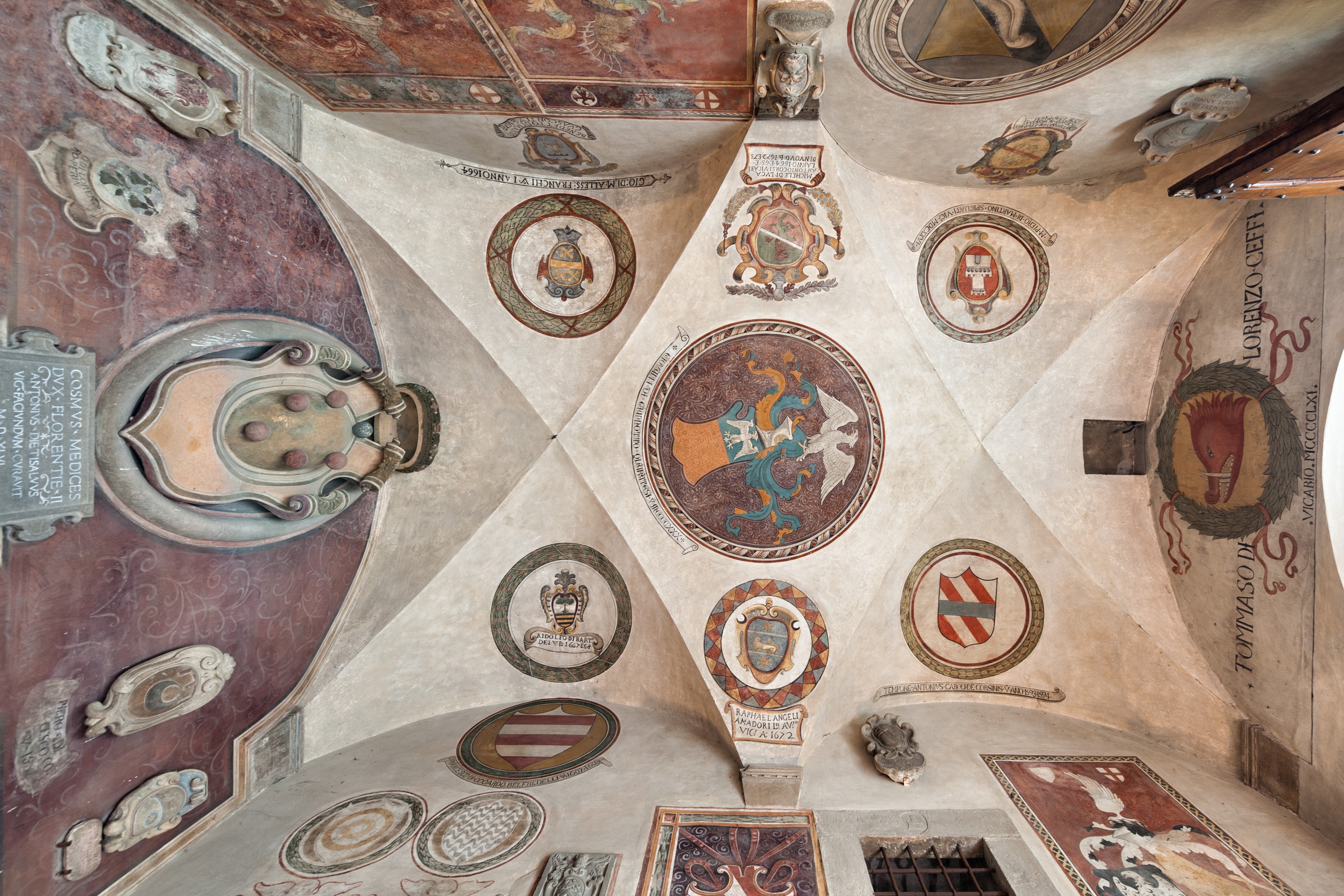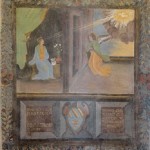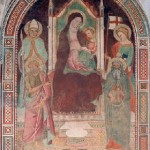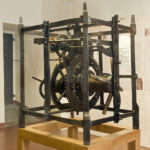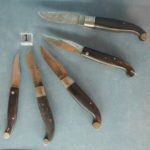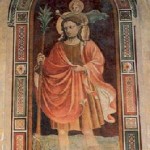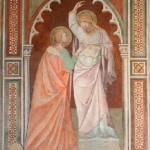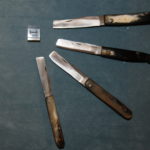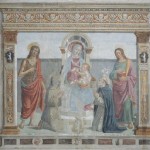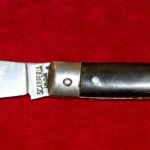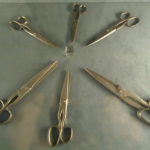The Palazzo dei Vicari is the symbol of Scarperia and its history.
In 1306 the Florentine Republic conquered the valley of Mugello by defeating the Ubaldini family, who ruled the territory, and founded a “new land”.
The town’s name was “Saint Barnabas Castle at Scarperia” and was a stronghold along the main road leading to Florence.
The palace was the new town’s civil centre and it was built in the mid fourteenth century in the western side of the square, surrounded by defensive walls. Initially it was the captain’s billet, since 1415, when Scarperia became seat of a “vicario”, it became a noble palace.
The building has been increased and restored over the centuries, especially after some big earthquakes (1542, 1611, 1919), but it has maintained its original structure dating from the 14th and 15th century.
The first noticeable thing, beyond its resemblance with the architecture of Palazzo Vecchio in Florence, the model for the palace in Scarperia, is the great number of coats of arms on the façade and on the hall walls. The coats of arms belonged to the “vicari”, governors who ruled the area for six months each and who had to leave their family’s emblem in the palace.
In the second hall there are some frescos from the 15th century depicting the symbols of the towns belonging to the “vicariato” and some religious representations.

